Myrrh bearers
The term “myrrh bearers” primarily refers to the figures in the Christian tradition who played a significant role in the burial of Jesus Christ, particularly in the context of the events following his crucifixion. These individuals are most notably highlighted in the Gospel accounts as devoted followers who brought myrrh and other spices to anoint the body of Jesus, reflecting their deep love and reverence for him. The act of anointing a body in the culture of the time was a sign of respect, care, and mourning, marking these women as significant figures in the story of Christ’s death and resurrection.
According to the Gospels, the myrrh bearers included prominent women in Jesus’ life, such as Mary Magdalene, Mary the mother of James, and Salome, among others. These disciples are often celebrated for their unwavering loyalty and dedication, especially in contrast to many of the male apostles who had fled in fear following Jesus’ arrest. Their presence at this momentous occasion speaks volumes about their commitment to Jesus and serves as a powerful testament to their faith. After witnessing the crucifixion, the myrrh bearers ventured to the tomb with heavy hearts, intending to perform the sacred duty of preparing the body for burial, thus emphasizing the importance of care and love even in sorrowful moments.
Myrrh itself is a resin obtained from the thorny tree species Commiphora, primarily found in regions of the Arabian Peninsula and East Africa. It has been used since ancient times for various purposes, including in rituals, medicines, and embalming practices. In the context of Jesus’ burial, myrrh symbolizes both suffering and healing, carrying deep spiritual significance. This element also connects to the earlier narratives surrounding Jesus’ birth, where myrrh was presented by the Magi, foreshadowing the suffering and death that awaited him in adulthood. The myrrh bearers’ use of this substance in preparing Jesus’ body serves as a poignant reminder of the duality of Christ’s life—his incarnation and his sacrificial death.
The actions of the myrrh bearers hold deep implications in Christian theology and worship. Their journey to the tomb, laden with spices, exemplifies acts of love and devotion, emphasizing the notion that true discipleship involves embracing both the joys and sorrows of faith. They represent those who are willing to step into the pain and darkness of loss, demonstrating an unwavering commitment to Jesus even after his death. This narrative inspires believers to confront their own grief and to find hope in the act of caring for others, even during dire times.
The myrrh bearers also serve as pivotal witnesses to Christ’s resurrection, as they are among the first to discover the empty tomb. Upon arriving, they are greeted by angels who proclaim, “He is not here; he has risen!” This moment sets the stage for the Christian message of hope and redemption. The women’s role in discovering the empty tomb underscores the importance of female discipleship in the early Christian community and elevates their status as heralds of the Resurrection. It challenges cultural norms of the time, where women were often marginalized, showcasing how they played a vital role in the foundational events of Christianity.
The legacy of the myrrh bearers extends beyond their immediate historical context, resonating deeply in the liturgical practices of numerous Christian traditions. Their feast days are often celebrated, especially in the Eastern Orthodox Church, where they are honored as saints for their faithfulness and contributions to the Gospel narrative. These commemorations serve to remind the faithful of the importance of memory, gratitude, and recognition of those who have faithfully served God throughout history. By honoring the myrrh bearers, the church highlights the feminine aspect of discipleship, encouraging women to embrace their own spiritual gifts and callings.
Moreover, the story prompted by the myrrh bearers provides invaluable lessons in compassion, ministry, and service. Their willingness to engage in a difficult and painful task teaches believers about the importance of standing in solidarity with those who are suffering or grieving. The act of bringing myrrh—a symbol of healing—to Jesus’ tomb exemplifies a profound commitment to caring for others even amid one’s own sorrow. This narrative encourages the church to embrace a ministry of presence and compassion, reminding us that we are called to serve and love others, especially the marginalized and suffering.
In contemporary discourse, the myrrh bearers can serve as symbols of faithful witness and discipleship in a world often marked by turmoil and uncertainty. They encourage believers to be actively engaged in their communities, offering support, kindness, and care in the face of adversity. Their story urges individuals to exhibit the same loyalty and dedication they demonstrated during the darkest hours of Jesus’ life, embodying integrity and love in their daily lives.
In conclusion, the myrrh bearers embody profound themes of love, devotion, and resurrection in the Christian narrative. Their actions reflect a commitment to caring for Jesus even in death, demonstrating the depth of their faith. As first witnesses to the Resurrection, they remind the faithful of the transformative power of hope that emerges from grief and loss. The legacy of the myrrh bearers challenges contemporary believers to embrace acts of compassion, stand in solidarity with those in need, and remain steadfast in their faith, ultimately illuminating the path of discipleship inspired by the love of Christ.
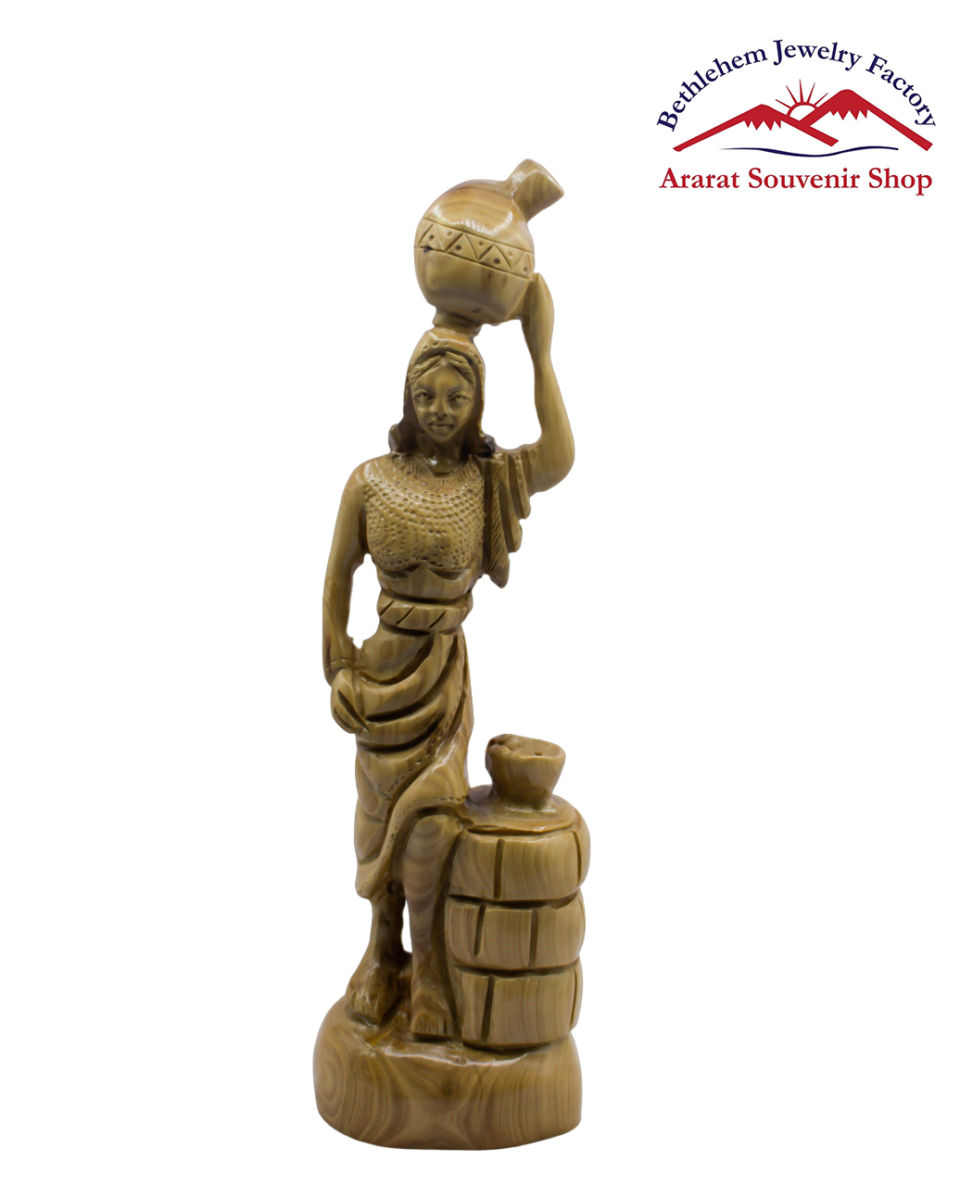
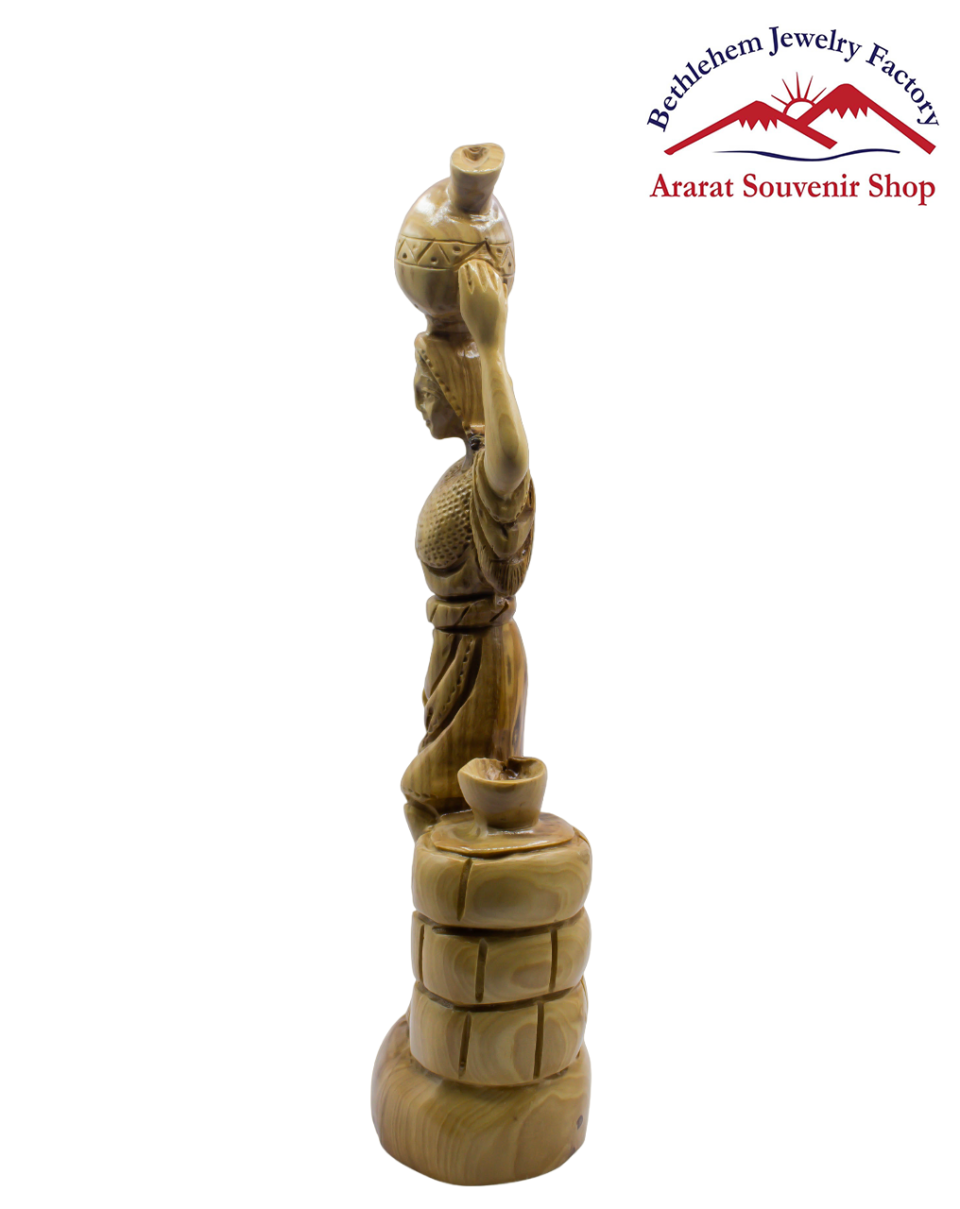
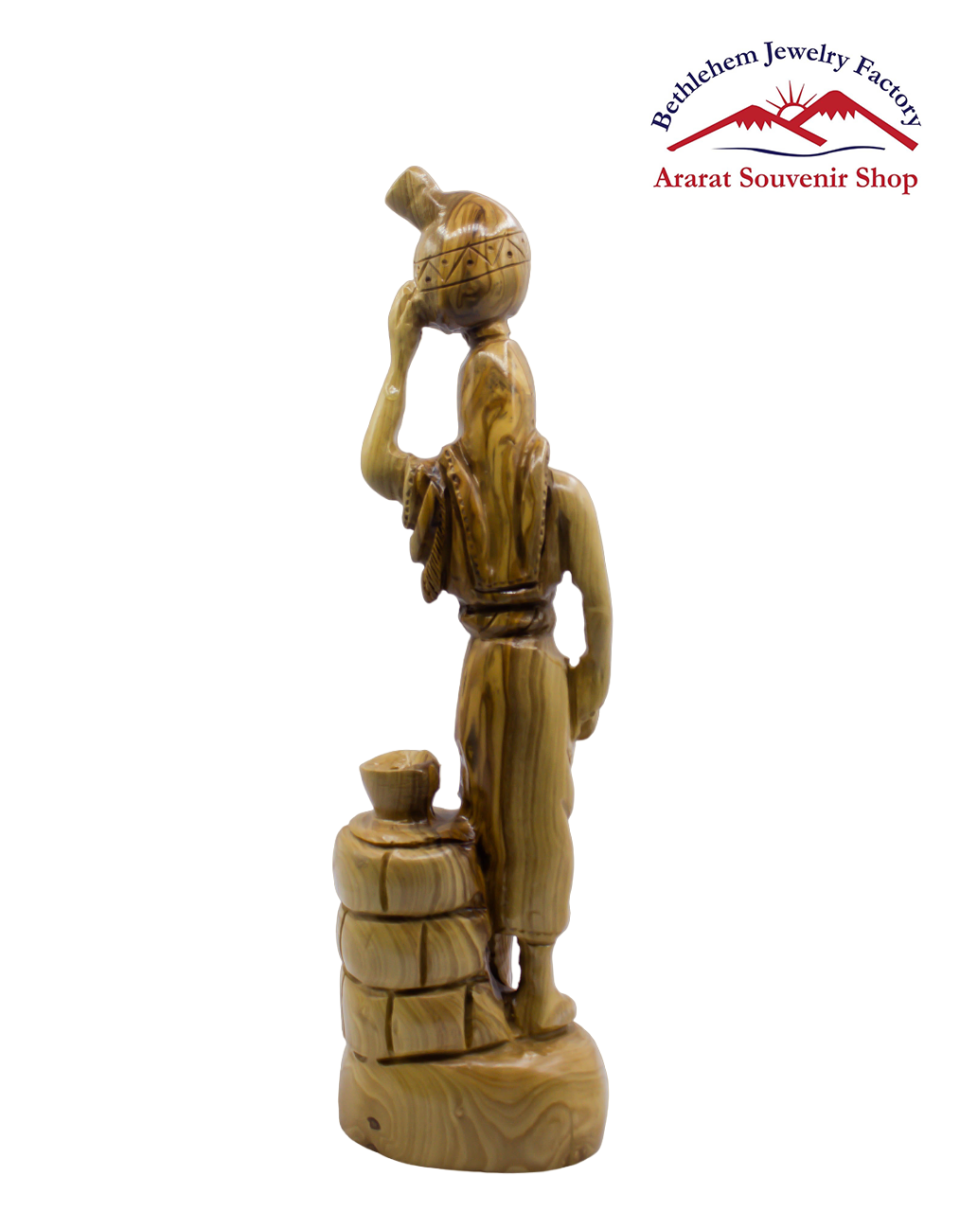
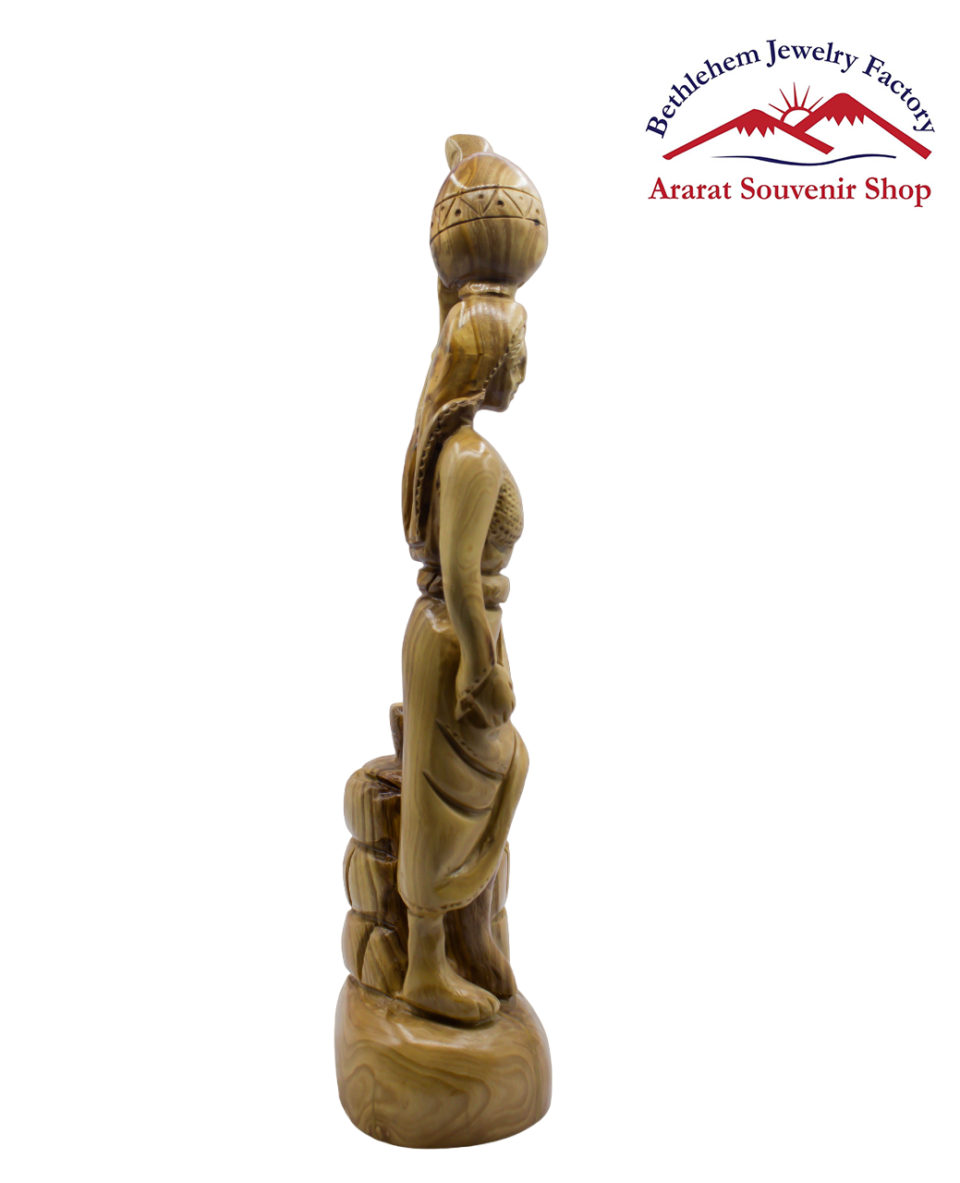


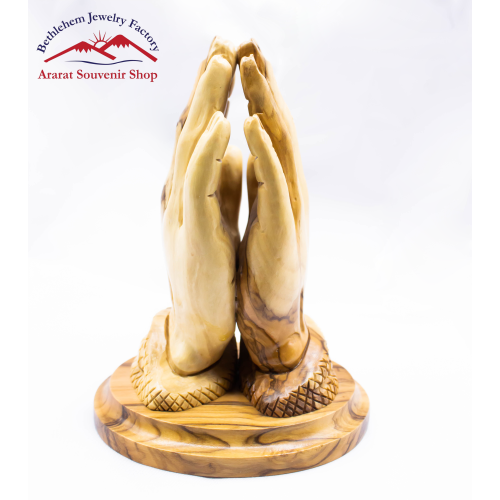


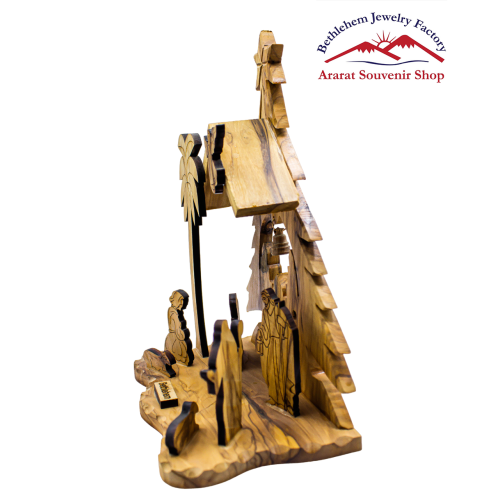

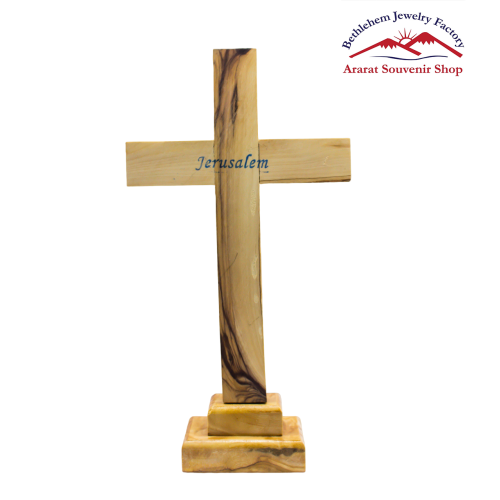
Reviews
There are no reviews yet.